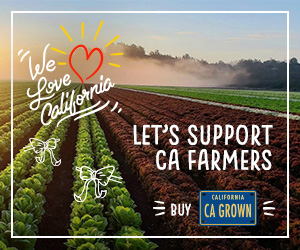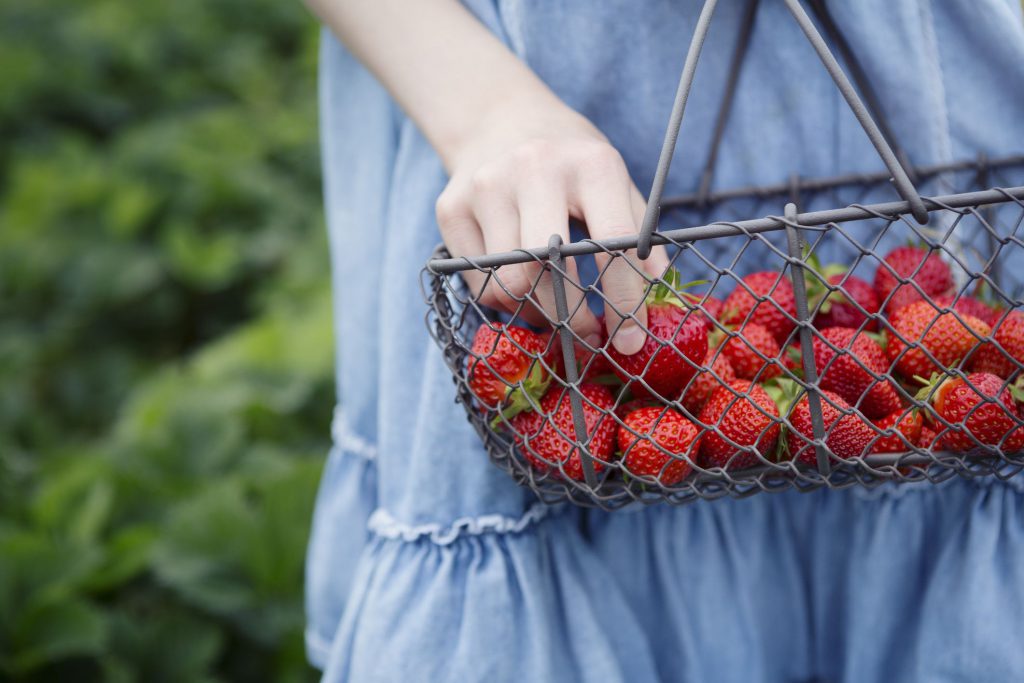By Doug Goehring
COVID-19 has brought about a flurry of stay-at-home orders, essential business declarations, and funding and program changes in all levels of government. Just as people with pre-existing health conditions are most susceptible to this virus, agriculture’s preexisting conditions have been fully exposed and compounded by the immediate and necessary response to COVID-19.
Unlike other industries, many agricultural businesses did not enter this pandemic in a strong financial position. Extreme weather, trade disruptions, and several years of low commodity prices have dealt serious blows to the rural economy in recent years. Rural communities – 20% of whom are economically-dependent on farming – were already more likely to have higher poverty rates, lower rates of insurance coverage, and more exposure to some of industries hit hardest by COVID19 (e.g., tourism).
The Small Business Administration, which is lending to farmers and ranchers for the first time in history, is getting a taste for the unique needs of the food and ag industry. Administering the $342 billion Paycheck Protection Program (PPP) is no easy lift. Toss in things like H-2A foreign labor and lack of profitability and you’ve got a perfect storm of inequity in how these funds are accessed. Because of this, only 1.28% of funds were allocated to “agriculture, forestry, fishing, and hunting” when the first round of funding was exhausted in mid-April. While modifications were made in the second tranche of $175 B PPP funding, the jury is still out on whether agriculture had better luck accessing these funds.
As lawmakers cautiously return to Washington, additional coronavirus relief measures are on their mind. It is critical that that we implement smart, sensible policies that will aid a recovering nation. Recent economic stimulus will provide a much-needed band aid, but more will be needed to protect vulnerable businesses and populations.
State departments of agriculture have proven their ability to support COVID-19 relief efforts. States have acted as conveners and leaders. They are nimble and able to adjust to local conditions. And they have a keen sense of what works – and what does not – in their jurisdictions. Working in concert with federal partners, state departments of agriculture can continue supporting the agricultural economy. Farmers and ranchers are hustling to keep us fed. Phase Four can’t leave them in the dust.
Doug Goehring is a third-generation corn, soybean, wheat, sunflower, and barley farmer from Menoken, North Dakota. He has served as the North Dakota Agriculture Commissioner since 2009 and is currently the president of the National Association of State Departments of Agriculture.






